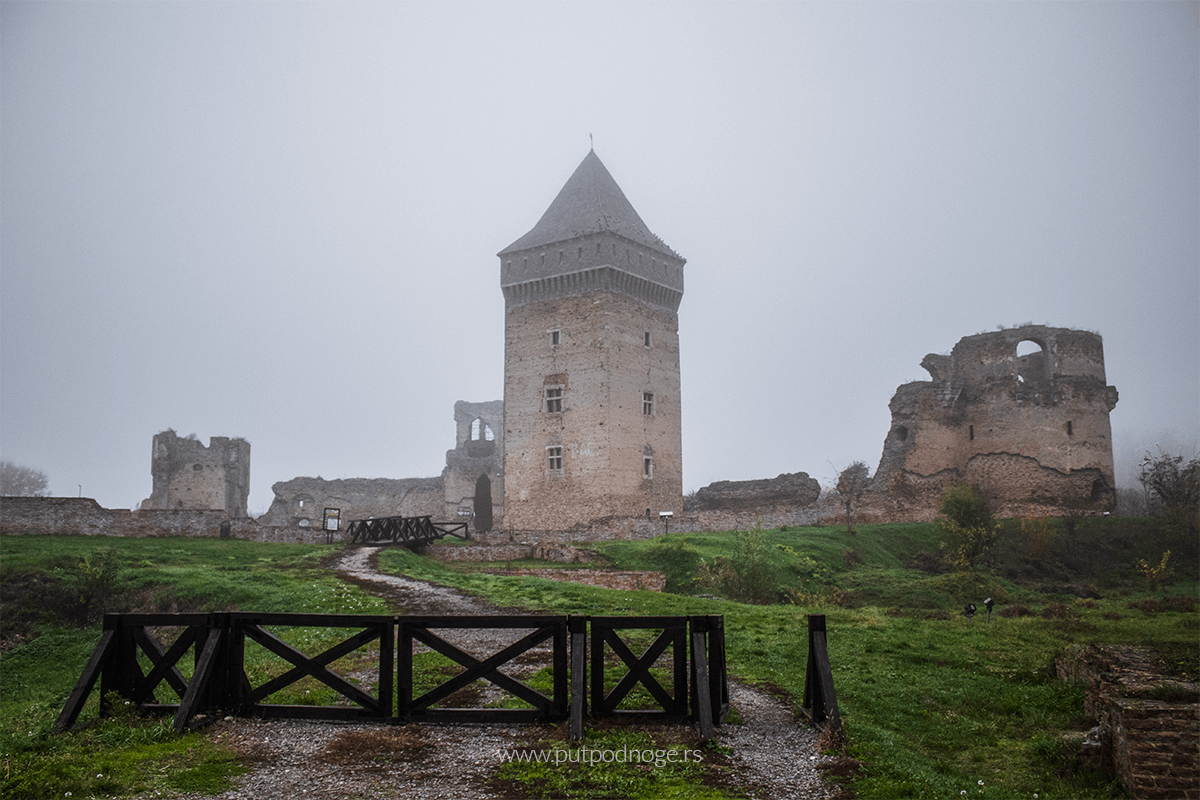
Bač Fortress
Shrouded in mist, the town of Bač, located on the left bank of the Danube, guards one of the best-preserved medieval fortresses in Vojvodina. Bač Fortress is an undeniably impressive archaeological site that transports visitors back to the Middle Ages at first glance. Let’s cross the wooden bridge and begin our tour of Bač Fortress.
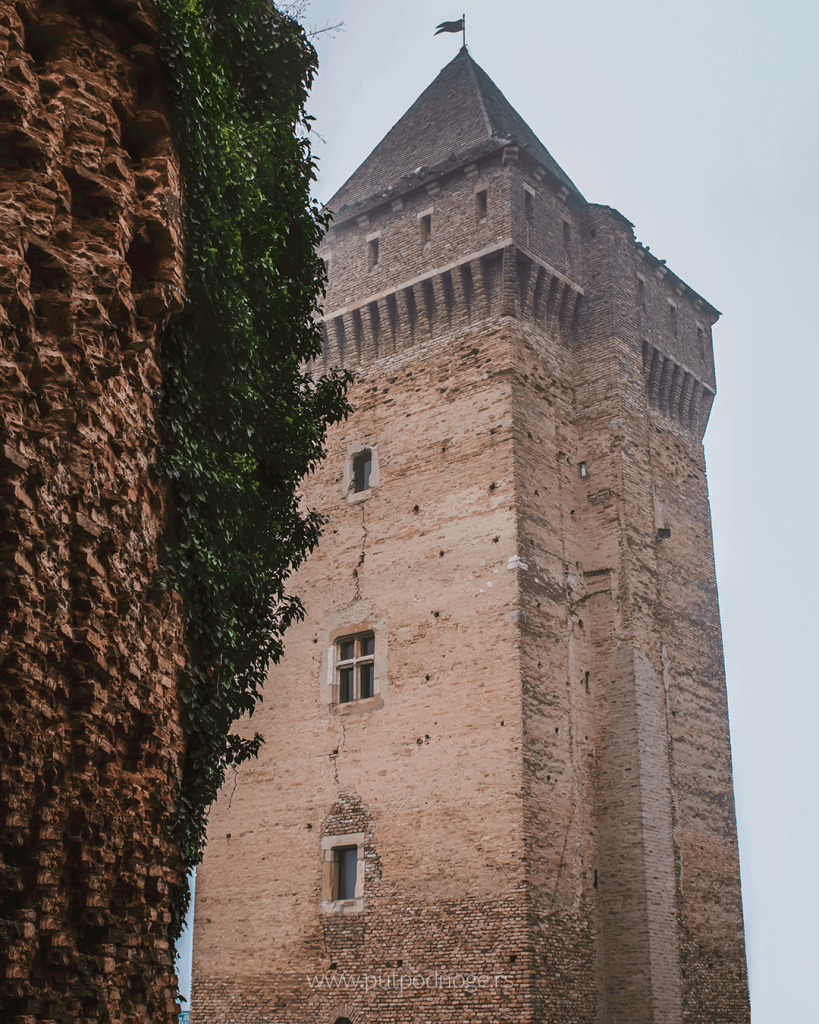
History of Bač Fortress
On what was once an island between the Mostonga River and its tributary, in the town of Bač, a medieval fortress was constructed. This town, which gave its name to the fertile plain between rivers the Danube and the Tisa —Bačka—sits in western Vojvodina on the left bank of the Danube. The first records of Bač date back to Emperor Justinian I, who mentioned it in a letter from 535 AD.
In the 9th century, specifically in 873, Bač was an Avar fortress. During the reign of the Árpád dynasty, it became a royal town and the seat of a bishopric. The Mongols destroyed Bač in 1241, but the fortress was rebuilt and became a significant military stronghold for powerful Hungarian rulers.
The construction of parts of the present-day fortress dates to the period between 1338 and 1342, during the reign of King Charles Robert of Anjou, who sought to fortify the kingdom’s borders. This era coincided with the rise of Emperor Dušan and the conflicts between Serbia and Hungary.

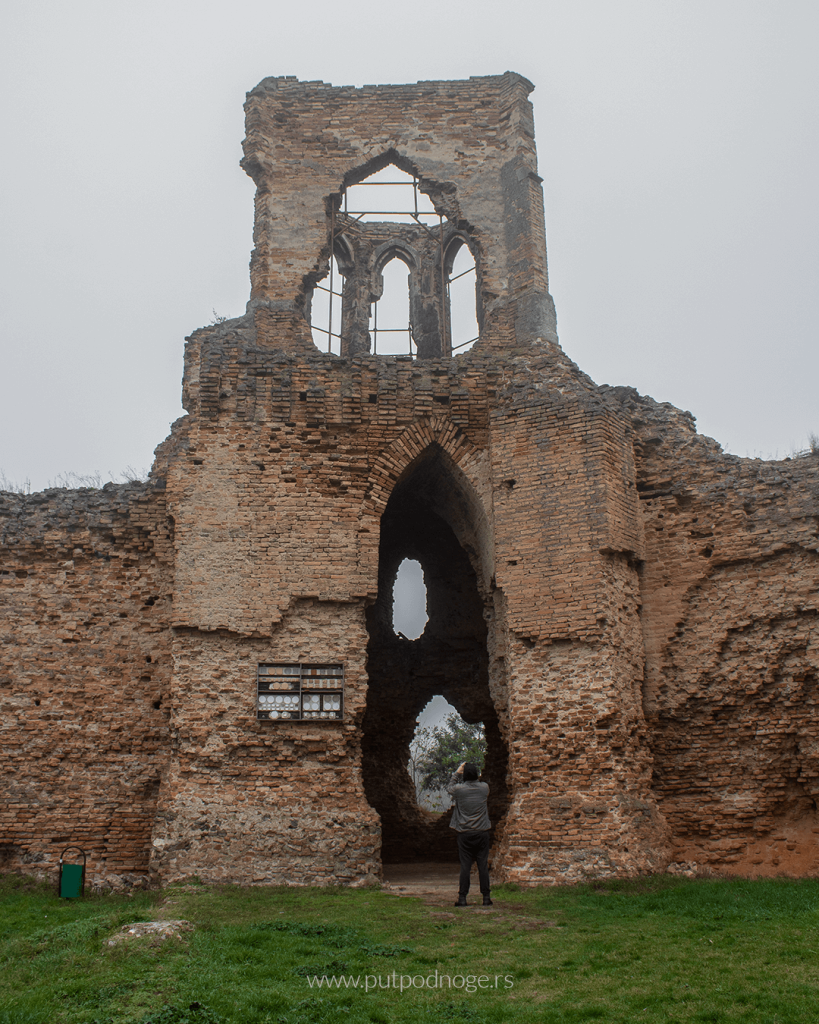
The fortress was built on naturally elevated terrain formed by the meandering of the Mostonga River. It featured a fortified castle accessible via an isolated barbican, surrounded on all sides by water. The fortress was strengthened with five defensive towers, interconnected by walls 2 meters thick and 12 meters high, equipped with walkways for archers. The eastern part of the fortress was the most heavily defended, housing the keep (donjon tower), a residential palace, and economic buildings near the western wall, as well as grain pits.
Bač first fell into Ottoman hands in 1526, following the Battle of Mohač. During the long period of Ottoman rule, the fortress was deep within their territory, maintained by a small garrison. Valuable descriptions of Bač, its fortress, and the surrounding area were left by the travel writer Evliya Çelebi, who visited in 1665 and wrote:
"It is a magnificent fortress on a lake fed by the Danube. It has a quadrangular shape, entirely built of brick... Within the city, there is a great tower—a true panorama—facing the lake. On it is a splendid retreat, akin to a royal palace. This castle, as beautiful as Havernek, hosts the enlightened and true friends of the city who come to relax and enjoy themselves."

Historical records and old engravings indicate that the town suffered little damage during its liberation from Ottoman rule in 1686.
However, during Rákóczi’s uprising, Bač experienced significant destruction, with the fortress repeatedly being burned and demolished. It was mined in 1704, abandoned, and left to decay. The once-mighty fortress lost its defensive power forever, becoming a ruin subject to the whims of time and treasure hunters.
In 1948, Bač Fortress was declared a cultural monument, preventing further decay and the removal of materials. Organized conservation efforts began, ensuring its preservation. The reconstructed keep (donjon tower) has become the defining symbol of Bač Fortress. The tower spans five levels; the first and third house archaeological exhibits, while the top offers a panoramic view of the vast plain.
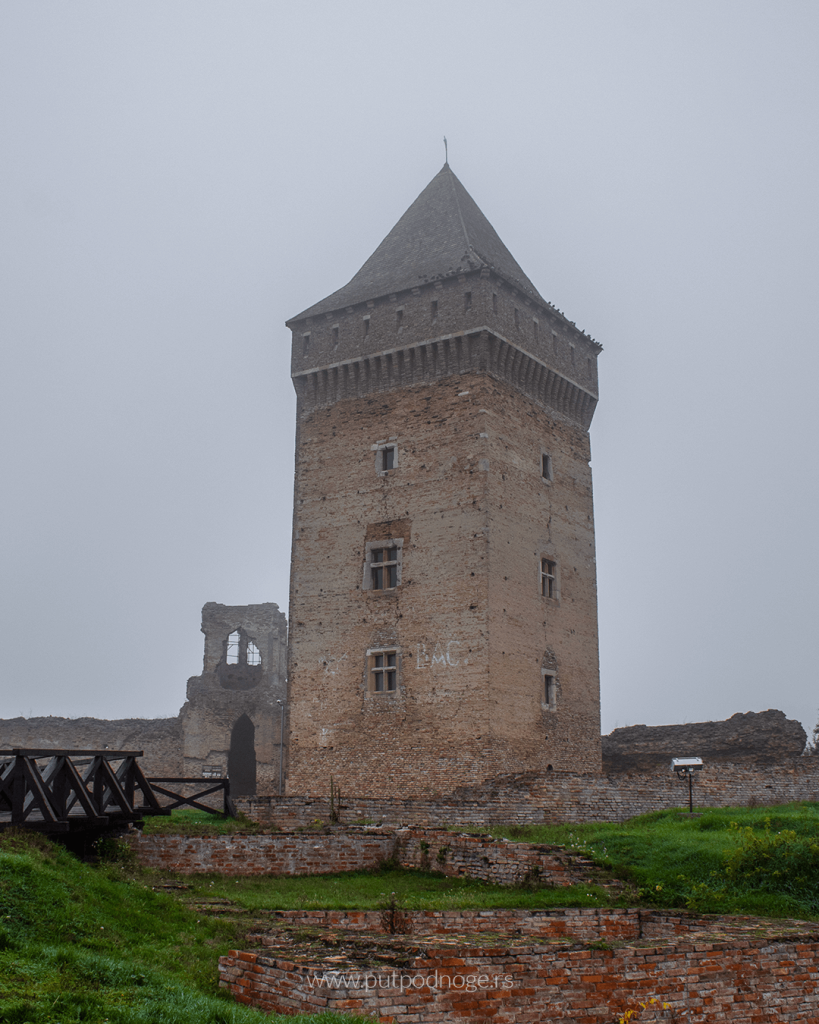
What to See in Bač?
While the fortress dominates Bač, don’t miss the Franciscan Monastery from the 12th century. It was the site of the first hospital in this part of Europe during the Crusades. Built on the foundations of an old cathedral, the monastery and church were constructed in 1169 by the Crusader Order of the Holy Sepulchre. The complex was destroyed in 1241 during the Mongol-Tatar invasion but was rebuilt and fortified at the end of the 13th century.
When Crusader journeys ceased after the fall of the Latin Kingdom in Jerusalem, the monastery lost its importance as a stop on the pilgrimage route to the Holy Land. During Ottoman rule, the church was converted into a mosque, only to be restored as a church and monastery at the end of the 17th century.
In the center of Bač, you’ll find another valuable relic from the Ottoman period—the only preserved Turkish hammam in Vojvodina. Likely built after 1578, the hammam was also noted by Evliya Çelebi during his visit in 1665. Archaeological research has revealed that the hammam had six rooms: a fountain room (waiting area and changing room), a bath (halvet), a water reservoir (hazna), and a furnace room (đulhan). Although partially ruined, parts of the dome above the central room, walls of several chambers with period artifacts, and remains of ceramic pipes for hot and cold water have been preserved.
How to Get There?
Bač Fortress is about 150 km from Belgrade and can be reached by car via the highway in approximately 2 hours. Be sure to take the exit near Zmajevo to reach the fortress.
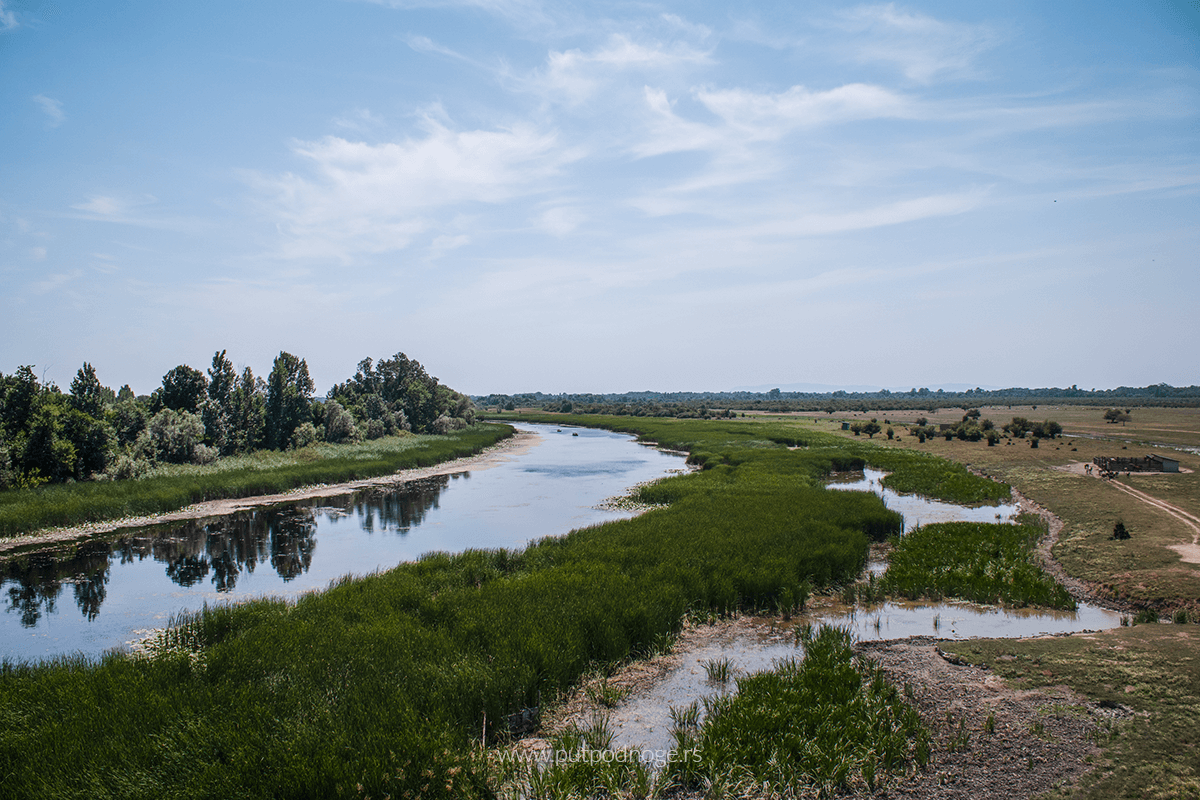
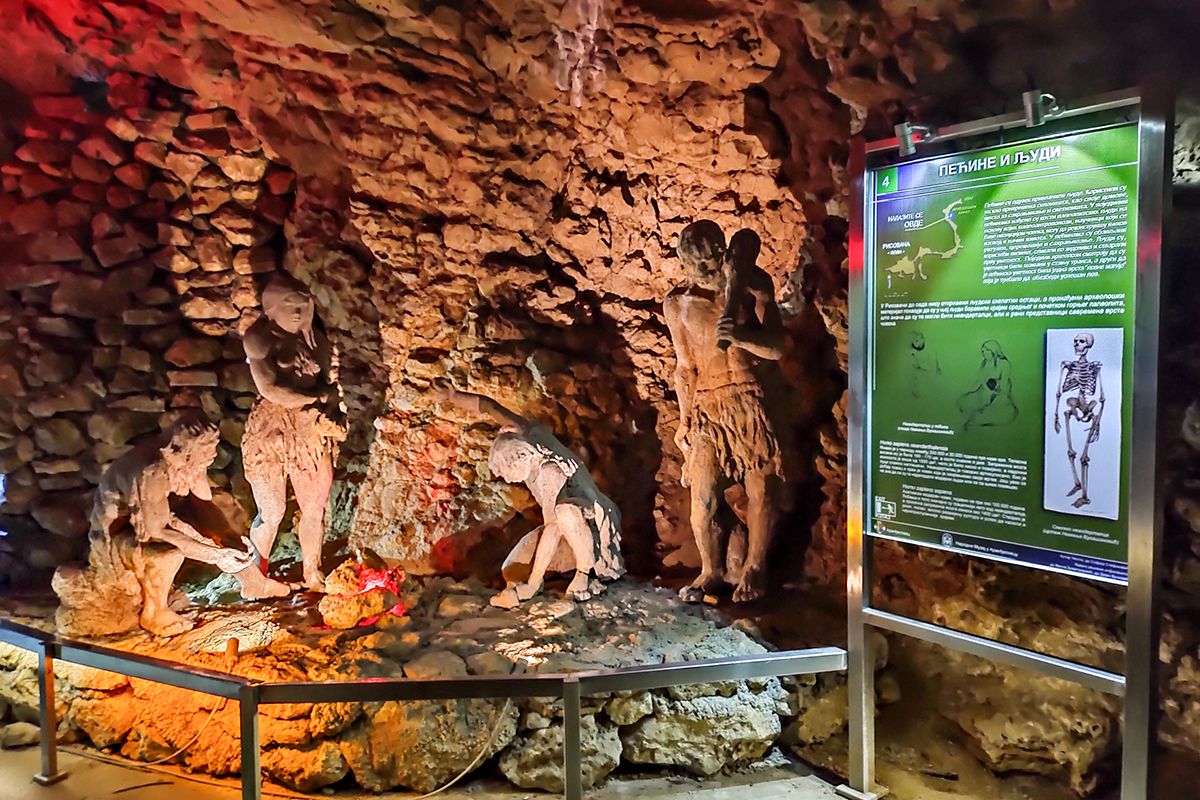
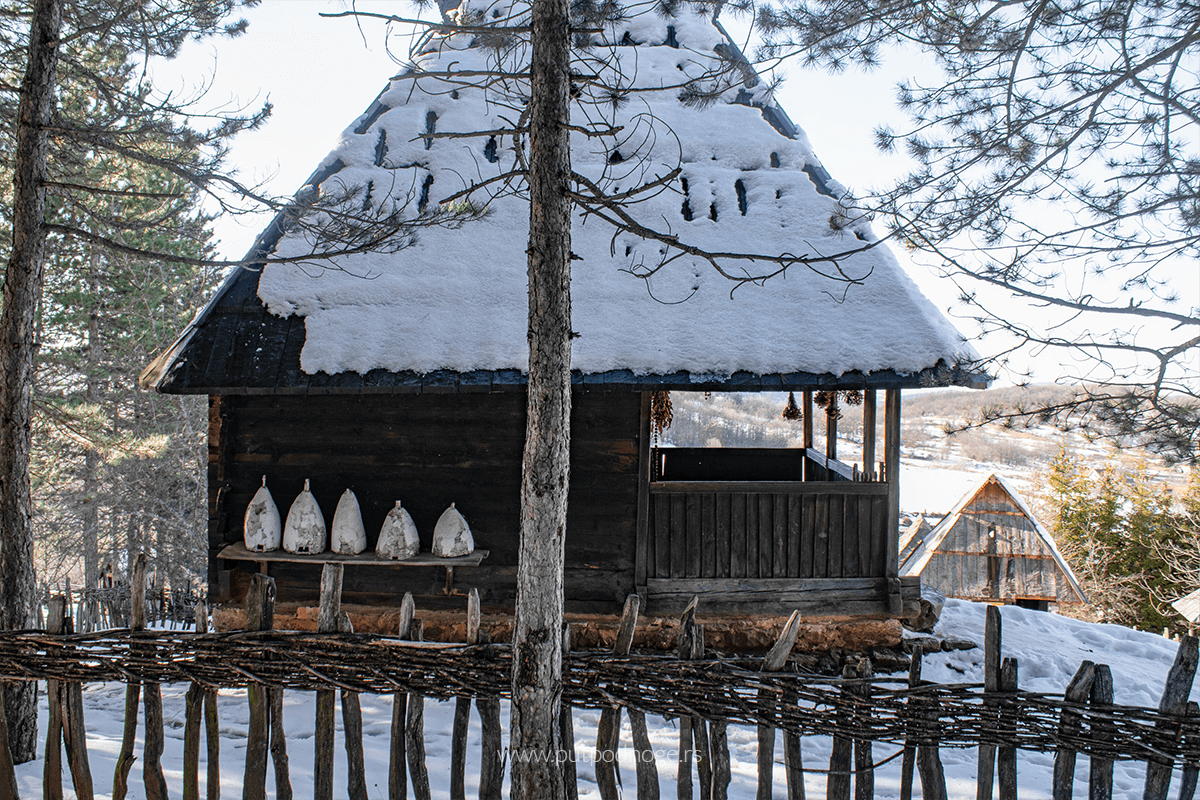
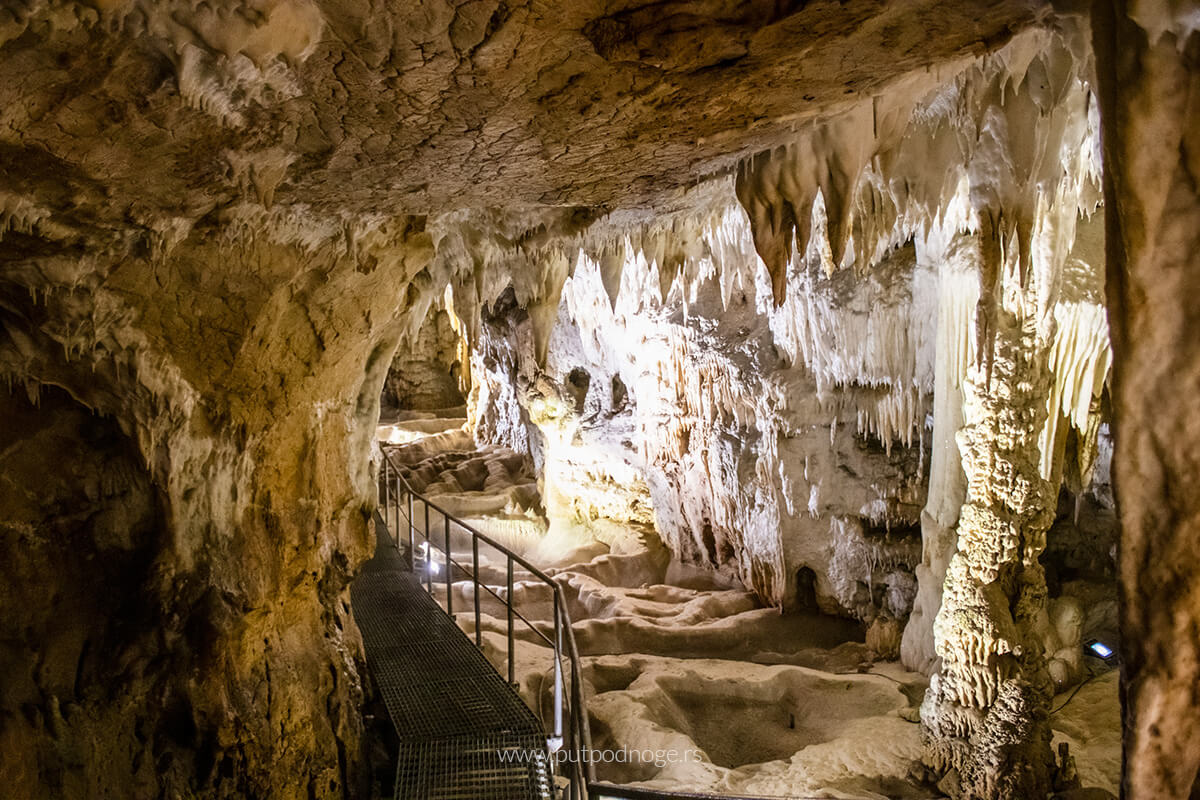
Leave a Reply